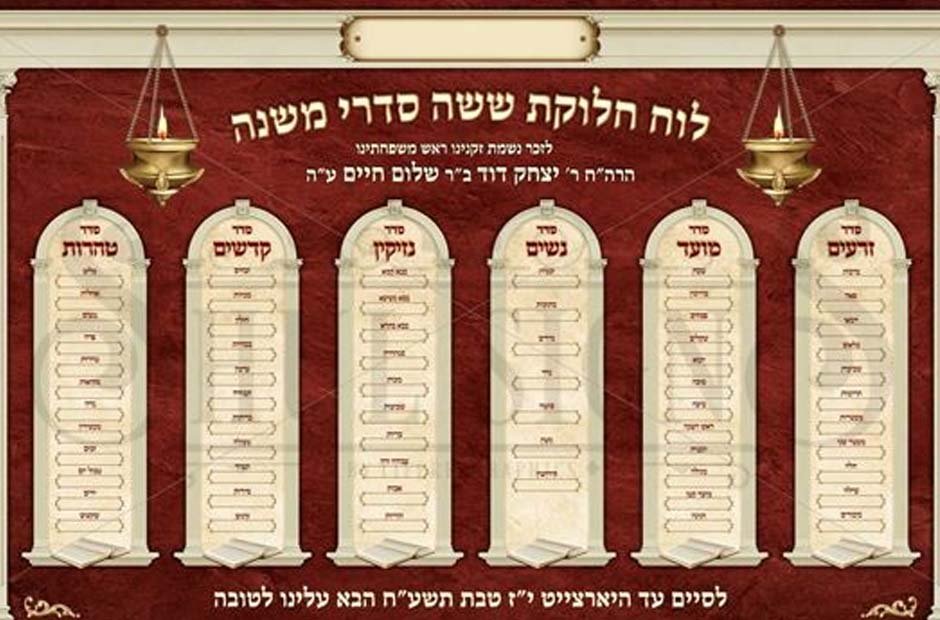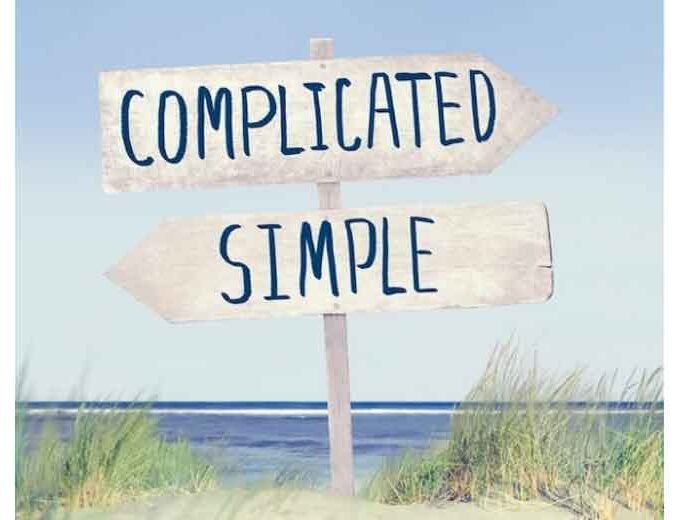A Mishnayos Chart is a visual representation of the entire Talmud, an ancient religious text studied by Jews. The chart makes it easier to visualize the content of the Talmud. It is also a great learning tool, especially when combined with traditional learning methods such as reading and memorization.
For a start, consider clicking this link to get mishnayos chart. The chart is organized by masechtos (tractates) and is arranged in a pyramid-like structure. Each masechta is further divided into perakim (chapters) represented by squares on the chart. Inside each square is a list of mishnayos (verses) that can be studied and discussed. The Mishnayos Chart also references the Gemara (commentary) for each masechta.
The Mishnayos Chart helps enhance the learning experience. By using the chart, students can easily visualize the structure and content of each masechta. Also, it makes studying easier by organizing information in an easy-to-read format. It’s also a great reference for learning and reviewing material, facilitating visualization of the topics discussed in each masechta.
During mourning, many people use the Mishnayos chart to learn a masechta in memory of the deceased. This is known as a siyum (completion) and forms the basis of this write-up. That being said, how does it work? Read on for a breakdown of the Mishnayos chart – its practical application.
How Mourners Use The Mishnayos Chart
The mishnayot’s initial letters usually form an acrostic, a hidden message that mourners use to remember the deceased. Mourners usually pick a masechta and memorize it in its entirety. Once they have finished, they recite the special memorial prayer during the siyum ceremony.
By studying chapters of the Mishnayot, mourners can learn lessons and gain insights pertinent to their lives. This helps them cope with the loss of their loved one, providing comfort and strength during the troubling time.
And since the initial letters represent the deceased’s Hebrew name, the chart offers a way to honor the memory of their loved one. Hence, to maximize the effect of the Mishnayos Chart, mourners typically do the following:
- Read the masechta in its entirety
- Make a note of the initial letters of each Mishna and recite them aloud during the siyum
- Utilize the chart’s references to commentaries to gain a deeper understanding of the mesechta
- Reflect on the lessons learned from the masechta and how they might apply to their lives
- Recite the special memorial prayer during the siyum
The chart lets mourners fill in the deceased’s Hebrew name, including their father’s. They also enter the deceased’s actual name – one they were known by in life. This helps make the chart more meaningful to mourners, as it serves to honor the memory of their loved one.
Mourners also fill in the date (in Hebrew and English) upon which they intend to complete the Mishnah study. Some charts also require users to enter their contact details, allowing other participants to contact them upon completion of the study.
Likewise, Mishnah study participants intending to honor the departed can utilize the Mishnayos chart to track their progress. For instance, the chart includes boxes or sections where participants enter their names and other contact details, such as email addresses. That way, they can be contacted to ascertain the completion of their study. Providers of the chart may also choose to send follow-up emails or reminders, helping participants prepare for the study.
Going Beyond Prayer
Although mourners generally congregate for prayer in remembrance of the deceased, the Mishnah study may benefit the departed’s soul more. That’s because studying the treatises of the mishnah provides a connection between the living and the deceased.
It also offers an opportunity to reflect on life and gain insights into the soul’s eternal life. In this regard, the chart is a powerful reminder of the spiritual realm and its connection to the physical world. Therefore, mourners use the special chart to honor their loved ones. Put differently, the chart offers mourners and study participants an opportunity to go beyond prayer and partake in a spiritual journey of discovery.
Also, the neshamah (soul) of a departed individual plays a vital role in the afterlife. As such, mishnah studies, especially during the first year following the demise of a loved one, may save their soul from the punishment of reincarnation. Thus, the chart helps mourners honor the deceased by studying a tractate of Mishnah.
The Mishnayos Chart is an invaluable tool for learning and honoring the memories of loved ones who have passed away. It helps participants visualize the structure and content of each masechta. And by using the chart, mourners can deepen their understanding of Jewish spiritual teachings and gain insight into the soul’s eternal life. Thus, it serves as a reminder of our obligation to honor the souls of the departed and cherish the memories we shared with them.
















